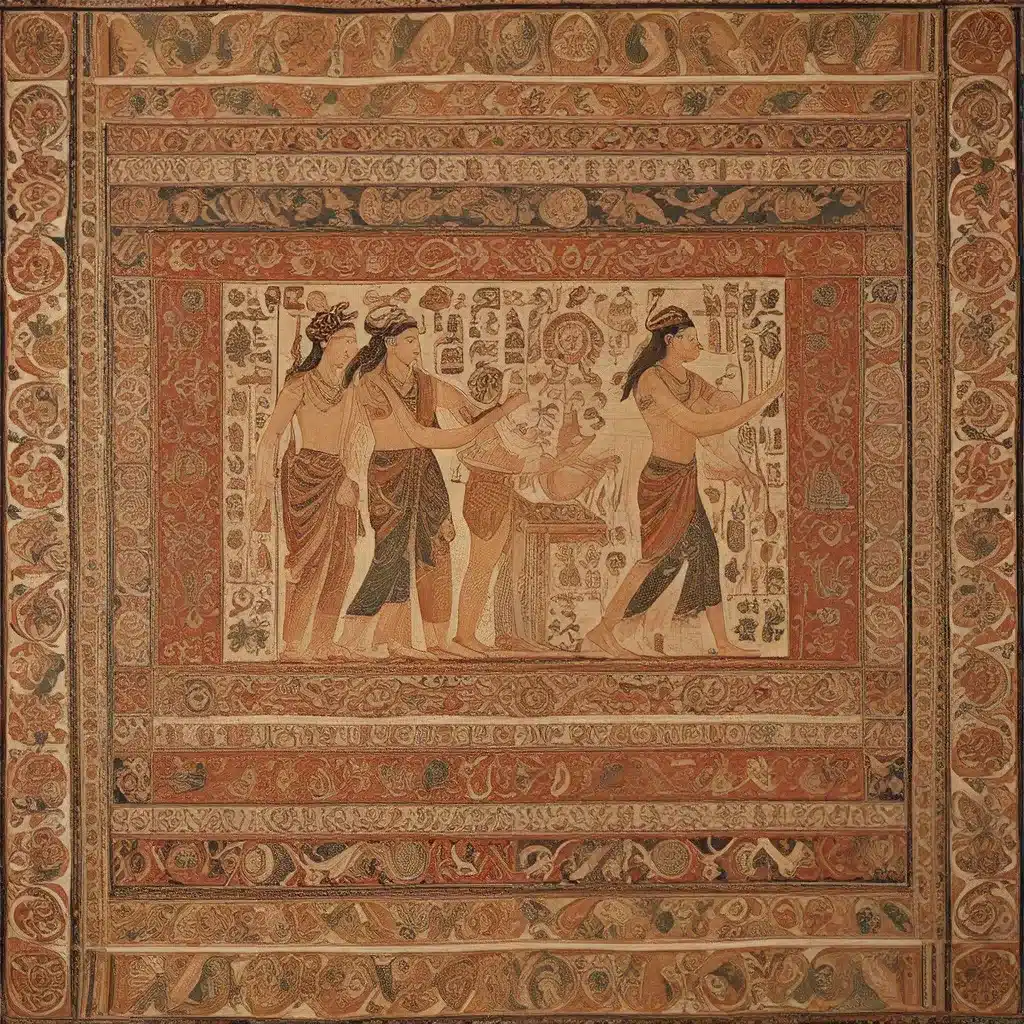
Across the vast expanse of human history, ancient civilizations have left an indelible mark on the fabric of our collective heritage. From the majestic robes of pharaohs to the simple tunics of Roman legionnaires, the attire of antiquity continues to captivate our imagination and influence contemporary style. But these garments are more than just fashionable relics; they are windows into the cultural, social, and spiritual narratives that shaped the ancient world.
The Regal Splendor of Egyptian Fashion
In the land of the pharaohs, fashion was imbued with divine symbolism and ritualistic significance. The iconic headdresses of Nefertiti and the elaborate beadwork of Tutankhamun’s burial shroud were not mere sartorial adornments, but rather reflections of a civilization deeply obsessed with the afterlife. Linen, prized for its coolness in the desert climate, was the fabric of choice, while intricate embroidery and precious jewels adorned garments fit for royalty. Hieroglyphic inscriptions found on ancient tombs provide invaluable insights into the intricate symbolism encoded within each garment, revealing a society where fashion was intertwined with spirituality and mythology.
The Simplicity and Democracy of Greek Fashion
In stark contrast to the opulence of Egypt, ancient Greek fashion exuded a sense of simplicity and democracy. The iconic chiton, a simple rectangular garment draped and pinned at the shoulders, epitomized the Greek ideal of beauty and athleticism. Whether worn by Olympic athletes or revered philosophers, the chiton symbolized the egalitarian values of a society where citizens prided themselves on their physical prowess and intellectual pursuits. Greek fashion also celebrated the human form with sculptural drapery and flowing silhouettes that echoed the graceful lines of classical statues.
The Fusion of Pragmatism and Splendor in Roman Attire
As the Roman Empire expanded its reach across the ancient world, so too did its influence on fashion. Roman attire was a fusion of military pragmatism and imperial splendor, reflecting the dual identity of a civilization that prized both martial prowess and aesthetic refinement. The toga, with its voluminous folds and elaborate drapery, was the quintessential garment of Roman citizens, symbolizing status and citizenship. Military regalia such as the lorica segmentata and the iconic red cloak of the Roman legionnaire spoke to the empire’s military might and imperial aspirations.
Tracing the Threads of Cultural Exchange
As the empires of antiquity rose and fell, the threads of fashion were woven together through the tapestry of cross-cultural exchange. The garments of ancient civilizations did not exist in isolation; they were influenced by the conquests, trade routes, and diasporas that shaped the ancient world. This interconnectedness is evident in the evolution of rug and textile designs, where motifs and techniques from diverse regions converged to create a rich tapestry of artistic expression.
Decoding the Symbolism of Ancient Fashion
Delving deeper into the garments of antiquity, we discover a world of symbolic meaning encoded in every stitch and fold. From the Berber knot in Moroccan rugs, which served as a guardian against malevolent spirits, to the geometric patterns that conveyed the interconnectedness of the natural world, these textiles were not merely decorative – they were a visual language that spoke to the collective consciousness and beliefs of their creators.
The Enduring Legacy of Ancient Fashion
As we trace the threads of ancient fashion through the corridors of time, we gain a deeper appreciation for the cultural diversity, artistic ingenuity, and timeless allure of these bygone eras. From the banks of the Nile to the shores of the Mediterranean, the garments of antiquity continue to inspire and enchant, reminding us that fashion is not just a reflection of the past, but a bridge to the future.
In the vast tapestry of human history, the fashion of ancient civilizations stands as a testament to the enduring creative spirit of our ancestors. Whether adorned in the majestic robes of Egyptian royalty or the simple tunics of Greek philosophers, these garments transcend the boundaries of time and space, inviting us to unravel the stories woven into the very fabric of our shared past.


